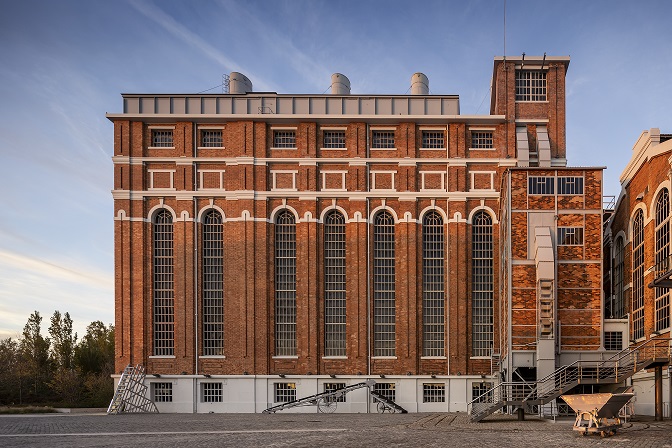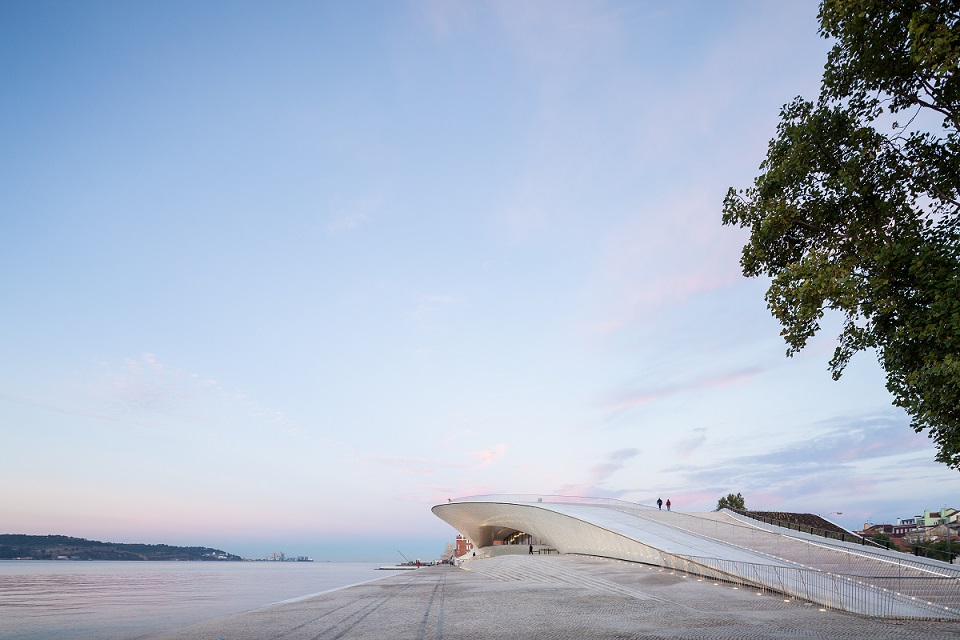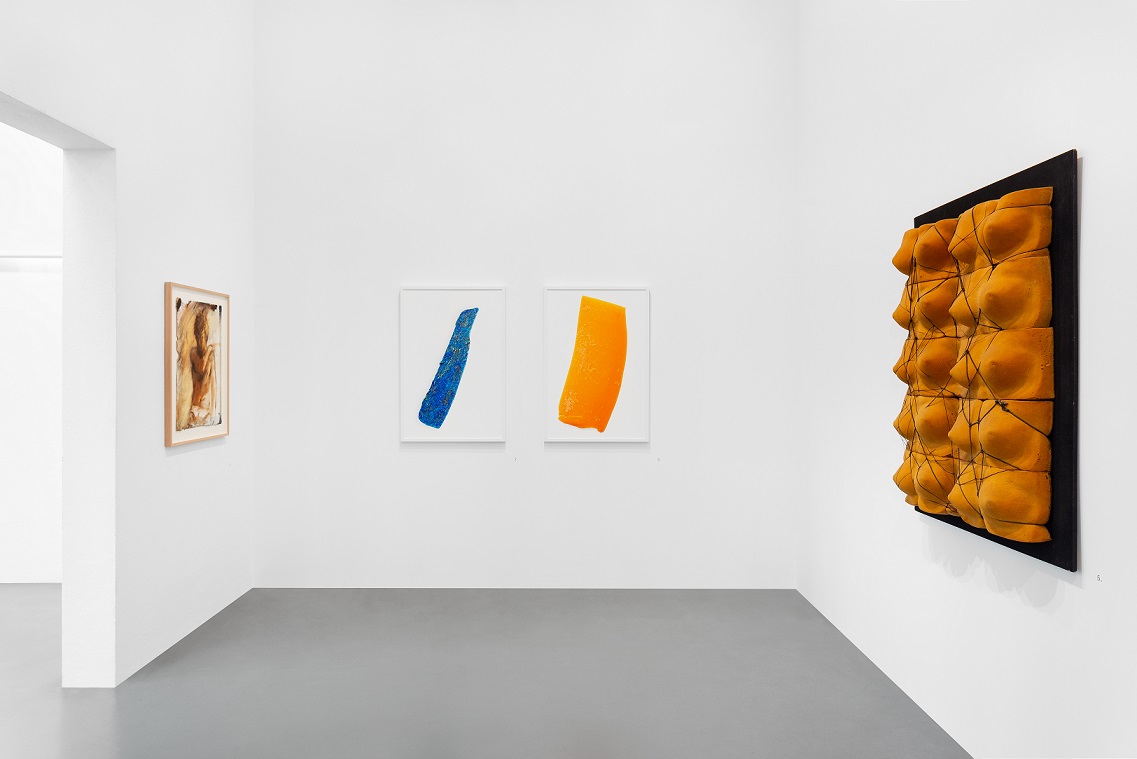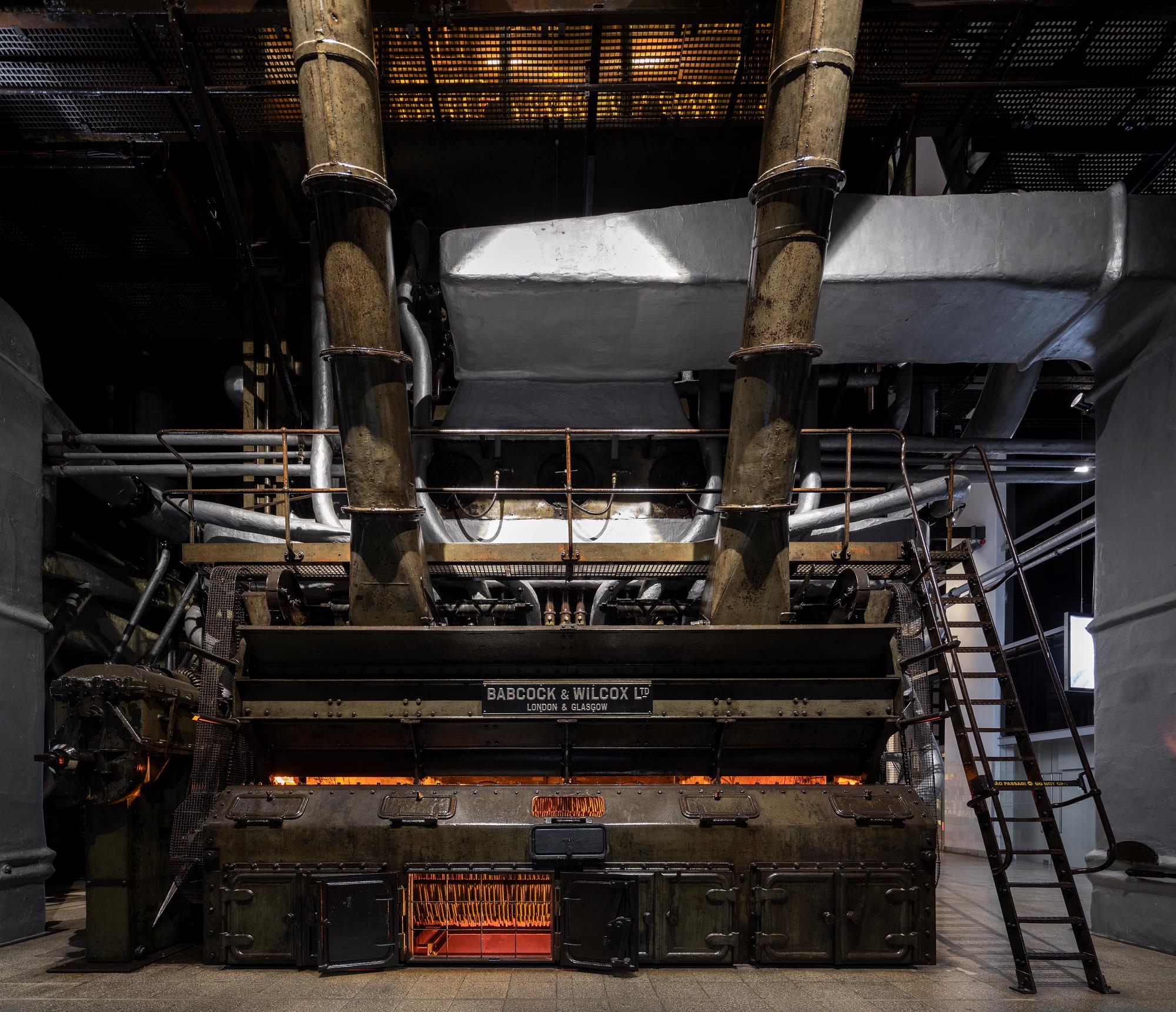About MAAT
Inaugurated in October 2016 within the framework of EDP Foundation’s long-running policy of cultural patronage, MAAT – Museum of Art, Architecture and Technology is an international institution dedicated to arouse critical discourse and creative practice with the intent of sparking new understandings about the historical present and a responsible commitment to the future.
Located on the riverfront in Lisbon’s historical Belém district, MAAT comprises a former power station built in 1908 – MAAT Central – and a contemporary building – MAAT Gallery – connected via a park that extends along the River Tagus: MAAT Garden. In addition to the programme of temporary exhibitions and activities – Agenda – the museum also features permanent exhibitions such as The Electricity Factory at Central Tejo and the sculptures in the outdoor spaces.
Based on the multiple layers of history preserved in its cultural and artistic heritage, MAAT advocates a concept of the museum as a catalyst for converting discourse into action and for creating a public able to exercise its power of choice autonomously through the articulation of debate, the sharing of positions and the formulation of knowledge. In the aim of fostering an open and transformative relationship between cultural institutions and social change, the museum seeks both to question and celebrate the intellectual ambitions and creative means through which we imagine (with art), inhabit (with architecture) and create (with technology) the world we live in – i.e. the ways in which we constantly redefine our collective commitment to the planetary ecosystem we belong to.
MAAT Garden
MAAT Central
MAAT Gallery

Constructed between the 1910s and 1940s, Central Tejo was a power station that belonged to the Companhias Reunidas de Gás e Eletricidade (CRGE) and supplied electricity to the entire Lisbon region. It operated continuously from 1909 to 1954 and thereafter remained in limited service until the 1970s.
Central Tejo’s architecture, with its imposing brick-clad iron structures reflecting its various influences, is typical of the so-called “electricity factories” of the late 19th century. The current building is the result of subsequent enlargements aimed at increasing its productive capacity.
Listed as a building of public interest in 1986, Central Tejo first opened to the public in 1990 as the then Museu da Eletricidade [Museum of Electricity]. It later underwent restoration before reopening in 2006.
MAAT Central is where you can visit the permanent exhibition The Electricity Factory, discover the EDP Foundation Energy Heritage Collection and access a variety of temporary exhibitions and public programmes.

Designed by British architect Amanda Levete’s firm AL_A, the MAAT Gallery building opened to the public in 2016 beside the converted power station Central Tejo, built in 1908, “proposing a new relationship with the river and the wider world”. Also according to Levete, MAAT Gallery is “a powerful yet sensitive and low-slung building that explores the convergence of contemporary art, architecture and technology”.
The project aimed to merge the structure with the landscape and to allow visitors to walk on, under and through it, or beside the river. The roof, designed as an extension of the public space, provides access to the city via a footbridge over the railway line and an unforgettable view of Lisbon and the Tagus. The riverfront is so essential to the project that the design sought to reflect it inside: the overhanging roof that affords welcome shade catches the light of the sun reflected on the water and directs it into the building through skylights.
Covering 3,000 square metres, the interior spaces were designed so as to flow into each other organically, allowing uninterrupted movement through volumes that are radically different in scale and have reconfigurable functions – such as the unusual Oval Gallery. These are the spaces in which the museum presents an intense programme of temporary exhibitions and public and educational events.
On a 225-metre strip of the riverside, Lebanese architect Vladimir Djurovic’s landscaping project makes reference to the wooded areas that grow along certain parts of the Tagus, aiming to highlight their inherent nature and characteristics in contrast to the rich and varied surrounding vegetation. To the north, gentle hills and dense arboreal vegetation mitigate the impact of road and rail traffic. To the south, on the river side, the terraces and pebble beach invite you to linger and relax, much like the square with granite blocks.
The core of MAAT Garden consists of an area of mixed wildflower meadow with scattered trees and a footpath paved with granite leading to an adjacent park to the west. Located between the beach and the tree-lined spaces, this area accentuates the distinctive character of both parks, creates biodiversity and is also educational in purpose.
In this remarkable and freely accessible leisure space embracing the two buildings, the museum presents large-scale sculptures in addition to a frequent programme of performative and other events.


The EDP Foundation Art Collection was started in 2000 with the aim of reuniting several generations of Portuguese contemporary artists, as well as various artistic areas and categories. It is composed by 2500 works, of more than 300 artists.
Its chronological starting point was the 1960s, a period marked by artistic ruptures and having the additional symbolism of coinciding with the founding date of the Portuguese Electricity Company, the predecessor to the EDP group. In this chronological line, works of historical relevance in contemporary Portuguese art were chosen from renowned artists like Ana Vieira, Lourdes de Castro, Noronha da Costa, Ângelo de Sousa, Jorge Pinheiro, Jorge Martins, among others.
Throughout the years, the Collection has been enriched, opening also to more contemporary production, through the close articulation with the cultural activities developed by the Foundation. In 2015, the EDP Foundation acquired the Pedro Cabrita Reis Collection and now has one of the most significant collections of contemporary Portuguese art from the last decade. The Pedro Cabrita Reis Collection – which maintains its own identity – is composed of 388 works by 74 Portuguese artists and its acquisition is in line with the objectives of the EDP Foundation, particularly in the promotion of young Portuguese artists.
The collection features regularly in the programme offered by MAAT – Museum of Art, Architecture and Technology, through a series of proposals where a guest curator and a museum curator suggest a uniting theme, which is then translated into a unique selection of works by Portuguese artists.

The EDP Foundation Energy Heritage Collection specializes in the national energy sector, namely the electric sector, and has a collection that dates back to the 19th century. It is made up of approximately 3500 pieces inventoried into thematic units, such as measuring devices and meters, household appliances, illumination and lab equipment, among others. Building the collection, which inherited all of the original machinery and equipment from the Tejo Power Station, began in 1998 by gathering and cataloging pieces and equipment that were spread across several EDP facilities, in order preserve, conserve and divulge a historic legacy inherited from the numerous companies that produced, transported and distributed electric energy in the country. This collection also includes other pieces that were gifts from private and institutional entities. The Electricity Factory exhibition allows visitors to discover an important part of this collection.